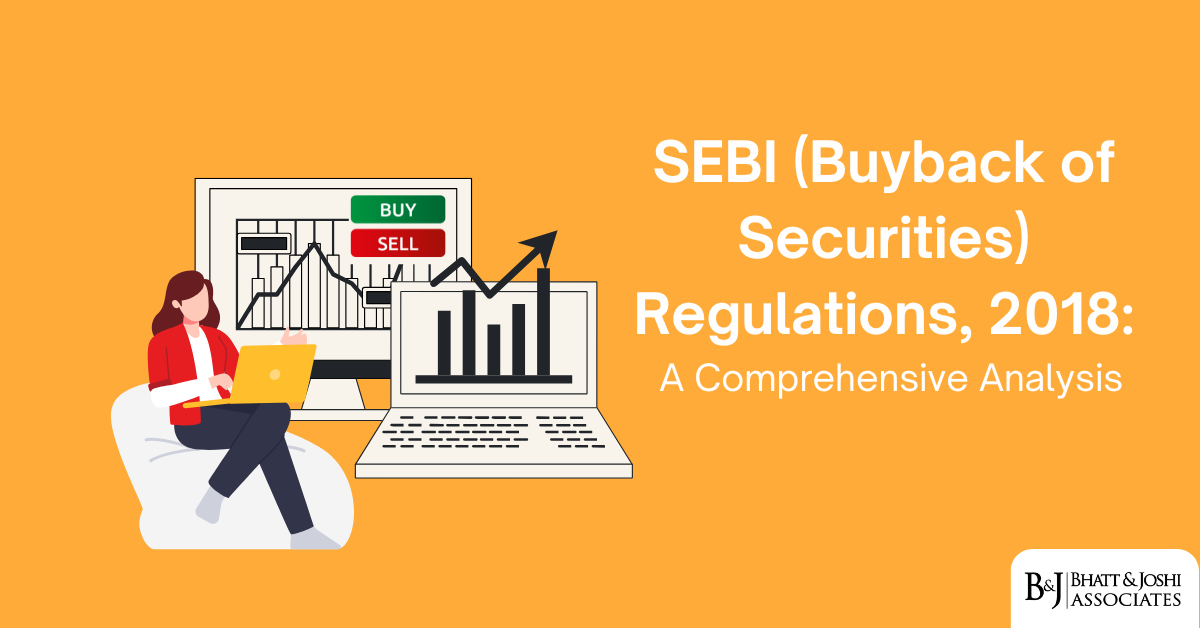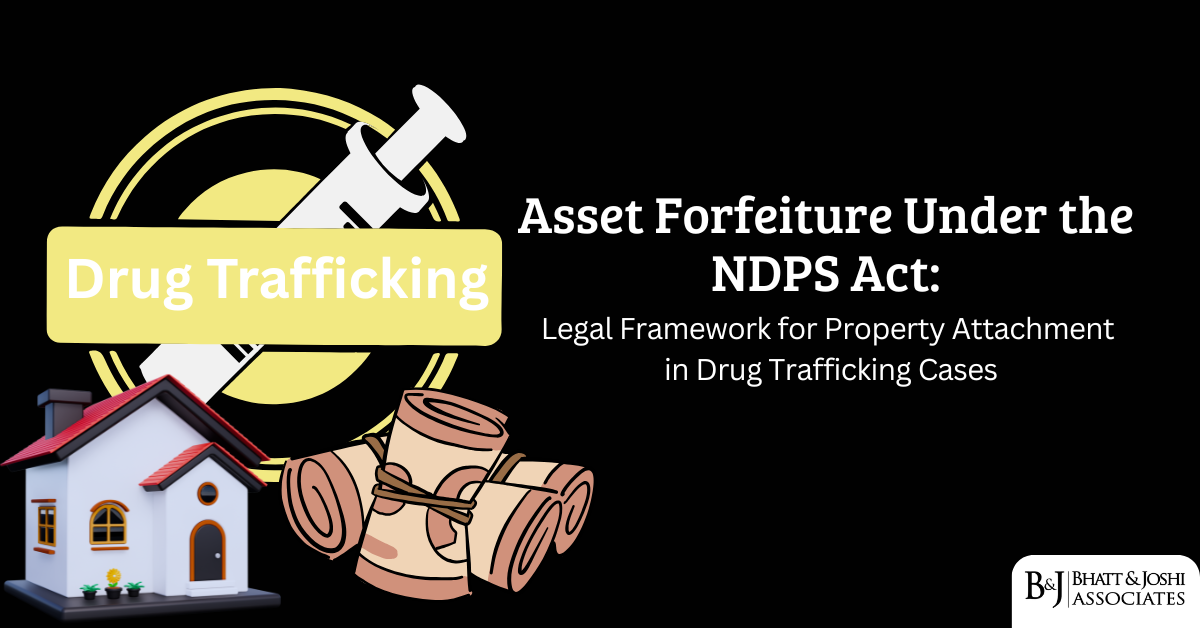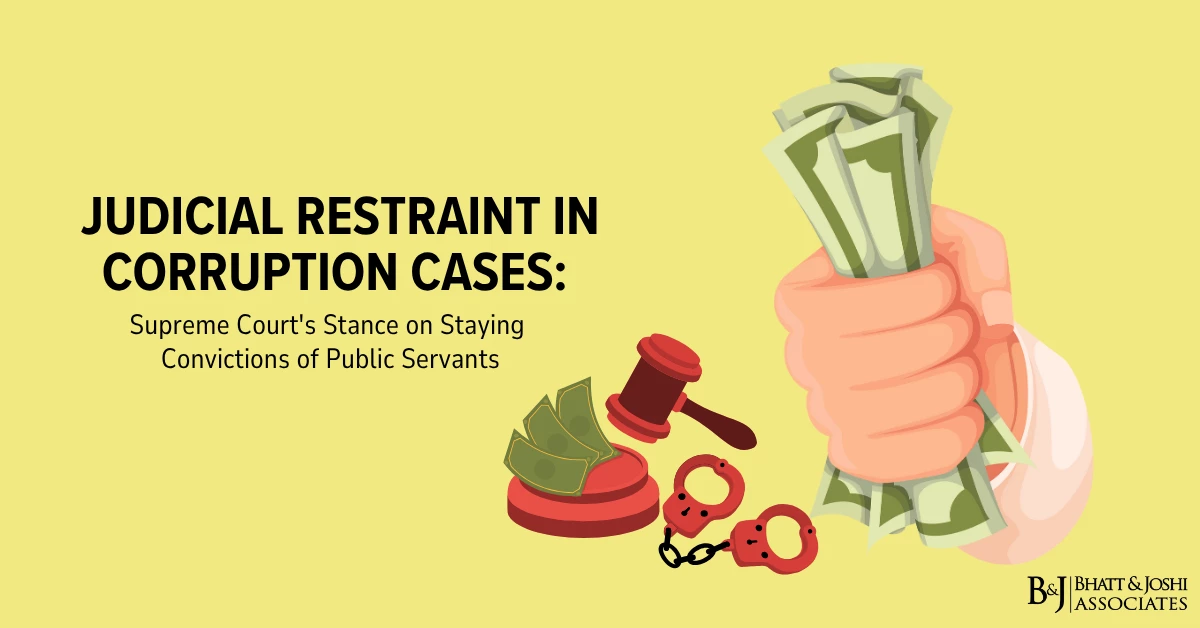Introduction
The Securities and Exchange Board of India (SEBI) introduced the SEBI (Buyback of Securities) Regulations, 2018 as a replacement to the earlier 1998 framework. This regulatory overhaul came as part of SEBI’s ongoing efforts to strengthen corporate governance standards and provide companies with clearer pathways to manage their capital structure efficiently. Buybacks have become an increasingly popular tool for Indian corporations seeking to return excess cash to shareholders, support share prices during market volatility, and improve financial ratios such as earnings per share and return on equity.
Historical Context and Evolution of SEBI Buyback of Securities Regulations
Prior to 2018, buybacks in India were governed by the SEBI (Buyback of Securities) Regulations, 1998, which served as the foundational framework for nearly two decades. However, as India’s capital markets matured and corporate practices evolved, several limitations and ambiguities in the original regulations became apparent. The 2018 regulations aimed to address these gaps while aligning the buyback framework with international best practices.
The revision came at a crucial time when Indian companies were sitting on substantial cash reserves, and buybacks emerged as a tax-efficient alternative to dividends, especially after the introduction of dividend distribution tax. Between 2014 and 2018, Indian companies announced buybacks worth approximately ₹1.5 lakh crore, highlighting the growing significance of this corporate action in the Indian market ecosystem.
Key Regulatory Provisions under SEBI (Buyback of Securities) Regulations, 2018
Conditions for Buyback under SEBI Regulations, 2018
Regulation 4 of the 2018 framework establishes comprehensive conditions under which a company may undertake a buyback. These include:
“A company may buy back its shares or other specified securities by any one of the following methods: (a) from the existing shareholders or security holders on a proportionate basis through the tender offer; (b) from the open market through: (i) book-building process (ii) stock exchange; (c) from odd-lot holders.”
Additionally, the regulations specify that buybacks cannot exceed 25% of the aggregate paid-up capital and free reserves of the company in a financial year. For equity shares, the limit stands at 25% of the total paid-up equity capital in a financial year.
Companies must ensure that post-buyback, the debt-to-capital ratio does not exceed 2:1 (except as prescribed by specific sectoral regulations). This debt ceiling requirement acts as a safeguard against companies weakening their financial position through excessive buybacks.
Methods of Buyback under the 2018 SEBI Regulations Framework
The 2018 regulations retain the two primary methods for buybacks—tender offers and open market purchases—while introducing stricter compliance requirements for each:
Tender Offer Process (Chapter III): Under this method, companies make an offer to buy back shares from all existing shareholders on a proportionate basis. The regulations mandate a minimum buyback period of 15 days and require companies to open an escrow account guaranteeing at least 25% of the consideration payable.
Regulation 9(ix) states: “The company shall submit a report to the Board regarding the offer documents filed with the Registrar of Companies within seven days from the date of such filing.”
Open Market Buybacks (Chapter IV): These can be conducted through either the book-building process or through stock exchanges. For stock exchange buybacks, companies must utilize at least 50% of the amount earmarked for buyback and must complete the process within six months from the date of opening of the offer.
Regulation 15(i) specifies that “a company buying back through stock exchange shall ensure that at least 50% of the amount earmarked for buyback is utilized for buying back shares or other specified securities.”
Obligations for Buyback Under SEBI Regulations
Chapter II lays down extensive obligations, including:
- Creation of a separate escrow account
- Public announcement requirements
- Filing obligations with SEBI and stock exchanges
- Record-keeping of all buyback transactions
- Restrictions on further capital raising for one year post-buyback
- Prohibition of insider trading during the buyback period
Notably, Regulation 24(i) imposes significant restrictions: “No company shall directly or indirectly purchase its own shares or other specified securities through any subsidiary company including its own subsidiary companies or through any investment company or group of investment companies.”
Landmark Cases and Legal Interpretations
Reliance Industries v. SEBI (2020) SAT Appeal
This landmark case revolved around the pricing methodology for buybacks. Reliance Industries challenged SEBI’s interpretation of “volume weighted average market price” for determining the buyback price. The Securities Appellate Tribunal (SAT) ruled:
“The determination of buyback price must reflect true market conditions and cannot be artificially constructed to disadvantage any shareholder category. While companies have discretion in setting the buyback price, it cannot be below the volume-weighted average price of the preceding six months or the two-week period before the board resolution, whichever is higher.”
This judgment established crucial precedent for price discovery mechanisms in buyback offers, ensuring fair treatment across shareholder classes.
TCS v. SEBI (2018) SAT Appeal
In this case, Tata Consultancy Services contested SEBI’s directives regarding disclosure requirements for buybacks. The company argued that certain disclosures mandated by SEBI went beyond regulatory requirements. The SAT ruled:
“Disclosure standards cannot be differentially applied based on company size or market presence. While additional disclosures beyond the strict letter of regulations may be warranted in public interest, such requirements must be reasonably connected to investor protection goals and cannot impose disproportionate compliance burdens.”
This ruling helped clarify the extent and scope of disclosure obligations during buyback processes, striking a balance between transparency and operational feasibility.
Mphasis v. SEBI (2016) SAT Appeal
This case addressed the conditions for conducting buybacks following a significant acquisition. After Blackstone acquired a controlling stake in Mphasis, questions arose regarding the timing and permissibility of a subsequent buyback. The SAT held:
“Post-acquisition buybacks require heightened scrutiny to ensure they do not serve as disguised delisting attempts or prejudice minority shareholders. However, a change in control does not per se disqualify a company from undertaking a buyback if all regulatory conditions are met and equal opportunity is afforded to all shareholders.”
This judgment provided clarity on the interplay between acquisitions and subsequent buybacks, establishing important guardrails for post-acquisition capital restructuring.
Research Findings and Market Impact of SEBI Buyback Regulations, 2018
Impact on Capital Allocation Decisions
Research indicates that the 2018 regulations have influenced how Indian companies allocate capital. A study by the Indian Institute of Management, Ahmedabad found that post-2018, companies increasingly preferred buybacks over dividends, with the total value of buybacks growing at a compound annual growth rate of 27% between 2018 and 2022.
The tax efficiency of buybacks (particularly before the 2019 Union Budget which introduced taxation on buybacks) made them an attractive instrument for returning cash to shareholders. Additionally, companies with high promoter holdings demonstrated greater propensity for buybacks, suggesting strategic considerations beyond mere capital return.
Analysis of Methods Employed
Data from the National Stock Exchange reveals that tender offers have dominated the buyback landscape in India, accounting for approximately 78% of all buybacks by value between 2018 and 2022. This preference contrasts with developed markets like the US, where open market repurchases are more common.
The preference for tender offers in India can be attributed to several factors, including:
- Clearer regulatory pathway and timeline certainty
- Greater control over the purchase price
- Ability to return larger amounts of capital in a structured manner
- Lower vulnerability to market volatility during the buyback process
Effectiveness in Enhancing Shareholder Value
Studies examining post-buyback performance indicate mixed results. While companies typically experience a positive short-term price reaction to buyback announcements (average 3.2% abnormal returns within a 5-day window), long-term performance metrics show more varied outcomes.
A comprehensive study by the National Institute of Securities Markets found that companies conducting buybacks primarily to signal undervaluation showed stronger post-buyback performance (average 18% outperformance over 24 months) compared to those conducting buybacks primarily for EPS enhancement or excess cash deployment.
Conclusion
The SEBI (Buyback of Securities) Regulations, 2018 represent a significant evolution in India’s approach to corporate buybacks. By establishing clearer guidelines, enhancing disclosure requirements, and strengthening shareholder protections, these regulations have helped transform buybacks from an occasional corporate action to a mainstream capital management tool.
As the Indian capital market continues to mature, buybacks will likely play an increasingly important role in corporate capital allocation strategies. However, ongoing regulatory vigilance remains essential to ensure that buybacks serve their intended purpose of enhancing shareholder value rather than manipulating share prices or circumventing tax obligations.
The continued refinement of the regulatory framework, informed by market feedback and case law developments, will be crucial in maintaining the delicate balance between corporate flexibility and investor protection in the years ahead.














